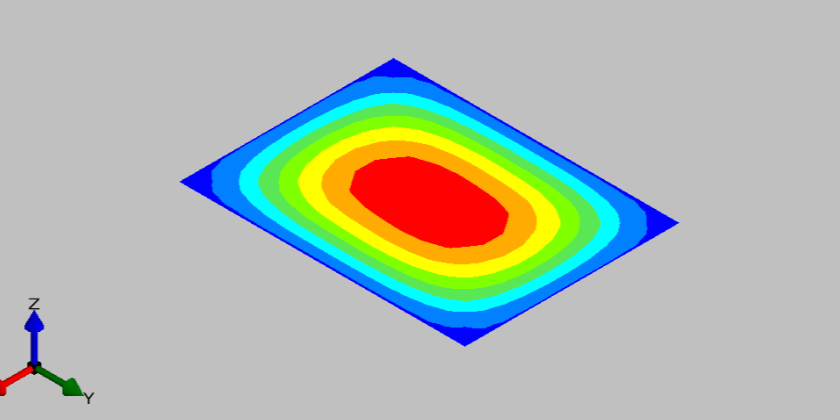HERA, a leading provider of fire safety engineering solutions, today announced the launch of a new numerical simulation research capacity in the structural fire area.
The new capacity will focus on the development of new fire safety technologies and the improvement of existing fire safety practices. The launch of the new research capacity is a significant development for HERA and for the fire safety engineering community. It will help to ensure that HERA remains at the forefront of structural fire research and that its solutions are based on the latest scientific knowledge. The new numerical simulation capacity is being led by Dr. Fanqin Meng, who has extensive experience in the development and use of numerical simulation tools for structural fire analysis. Dr. Kaveh Andisheh, who supervises the research and development in this area, also plays a crucial role in guiding the team towards achieving their research objectives. With their combined expertise and leadership, the team is poised to make significant advancements in the field of structural fire analysis and design.
What are the capacities of SAFIR in the structural fire area?
SAFIR is a software that is largely used in the fire engineering community for commercial and research purposes [1]. It is used by leading fire safety engineering organisations around the world, and has been validated in numerous research projects [2-4]. SAFIR can be used to study the behaviour of one, two, and three-dimensional structures subject to fire. Beams and columns can be modelled using line elements, while slabs and walls can be simulated by planar elements. The material models for concrete and steel are based on those in European codes. Based on the finite element method, SAFIR allows modelling the behaviours of structures in fire, taking into account material and geometrical nonlinearities, the thermal elongation, as well as the reduction of strength and stiffness of the materials at elevated temperature. The modelling of the section into fibres can be used to represent semi-rigid connections with appropriate area, material type, mechanical properties, and temperature. The integration on the section of the behaviours of all fibres will result in the global behaviours of the joint submitted to the combination of bending and axial forces.
As a powerful finite element modelling software, SAFIR could be used to conduct non-linear analysis for the structural fire performance of buildings, which could lead to significant cost savings and aesthetic benefits, especially to steel-framed structures.
What are the next steps for the new numerical simulation capacity?
The new research capacity is still in its early stages, but the team is already making progress. The team is currently working on a number of projects, such as the development of a new structural fire model regarding composite structures.
the team is keen on partnering with esteemed fire safety research organisations worldwide. By doing so, they ensure that their research remains at the forefront of advancements, tailored to meet the specific needs of the fire safety community.
The future holds great promise for this research capacity, thanks to the team’s exceptional talent and unwavering dedication to advancing the safety of steel-framed structures. Equipped with ample resources, HERA is confident that the new numerical simulation capacity will significantly contribute to the evolution of structural fire design in New Zealand by developing advanced technical solutions steel and steel composite structures under fire.
